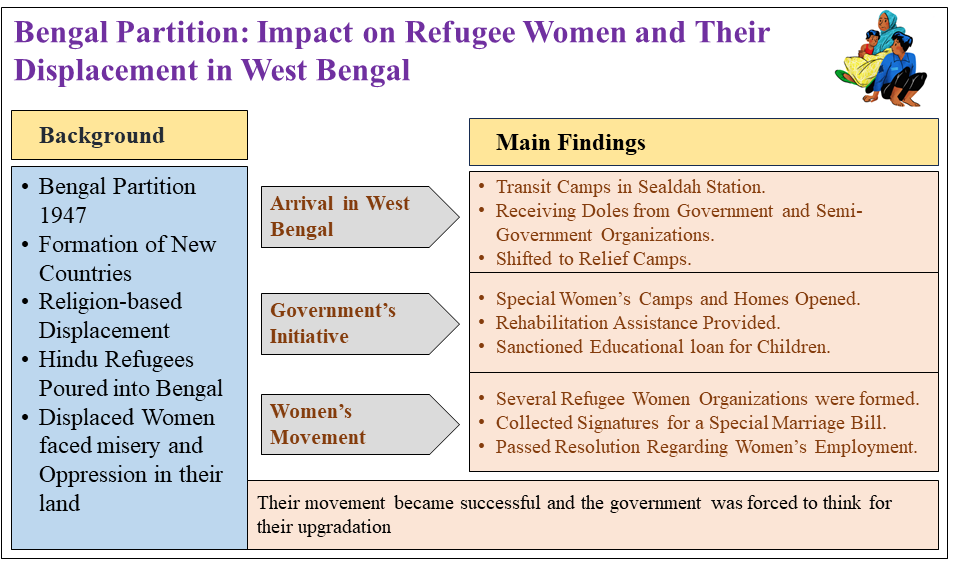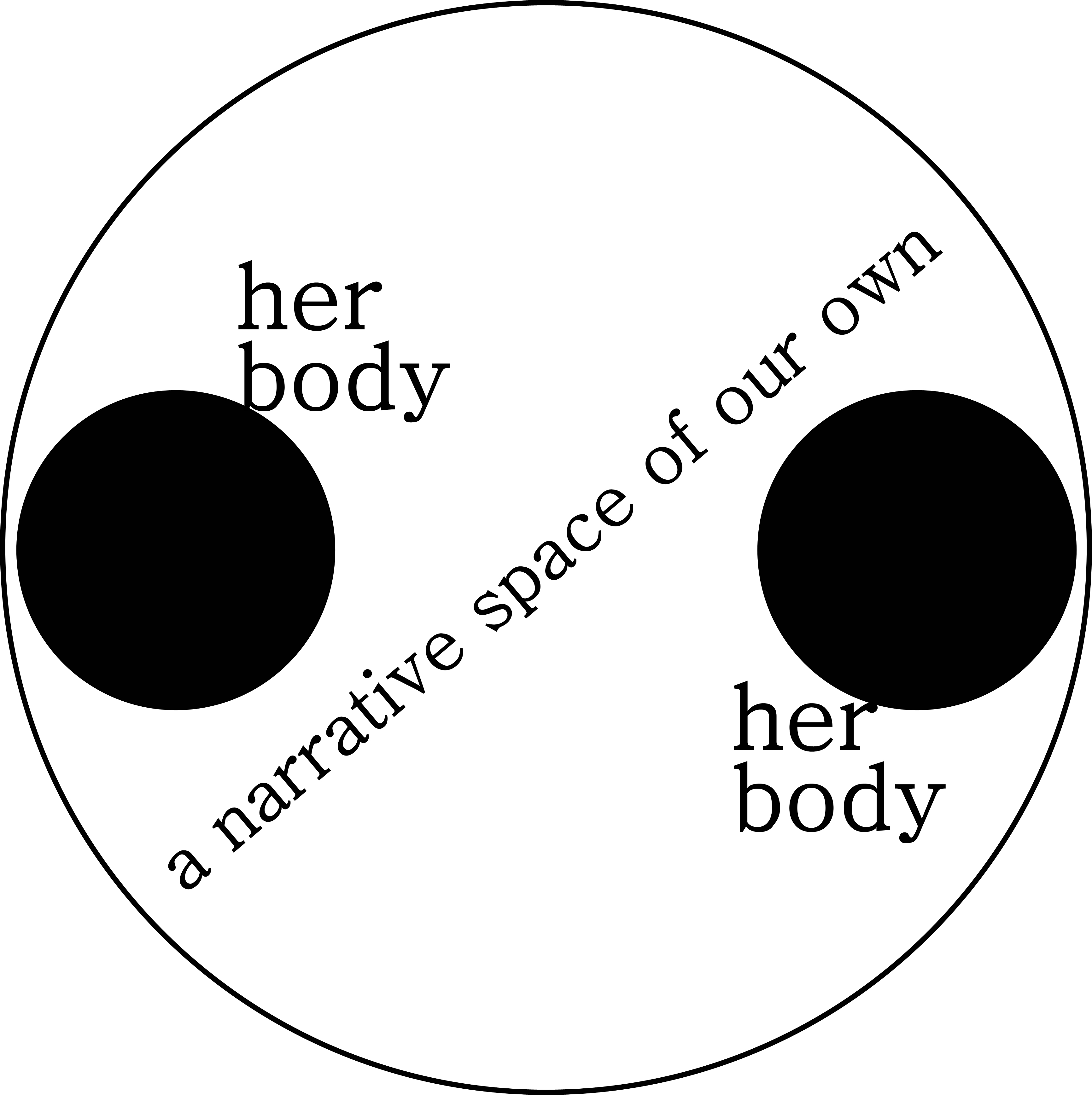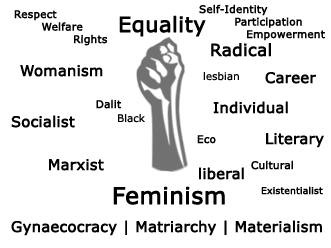Article Title :
Partition of Bengal: Impact on Displaced Women and their Contribution to Refugee Movement in West Bengal 
8 (2024)
1-8
Partition of Bengal , Refugee Movements , Refugee Women , Rehabilitation


Indian independence in 1947 and its consequences created a major change in the Indian administrative structure in which British India split into Hindu-dominated India and Muslim-dominated Pakistan, respectively. This division also fragmented the undivided Bengal and West Bengal and East Pakistan appeared on the world political map. These partitions played a crucial role among the inhabitants of both regions and they started to leave their country of origin. Hindus from East Pakistan especially women were one of those migrants who were displaced from their motherland and settled in West Bengal. This study deals with the situation, women faced during and after their displacement in West Bengal. It highlights their movement to achieve rehabilitation benefits from the government and their struggle to be financially independent individuals. Several archival reports, books, newspaper articles, etc. helped provide information regarding refugee women’s conditions from East Pakistan to West Bengal.

This paper highlights the suffering of Hindu refugee women in East Pakistan and their decision to cross the border.
After prolonged suffering in transit camps, they finally shifted to relief camps.
The study also emphasizes refugee women's movement to receive rehabilitation as well as financial benefits from the government.
The formation of various women's organisations and their role in achieving the demands are also reflected in this paper.
Bagchi, J. and Dasgupta, S., 2007, The Trauma and the Triumph Gender and Partition in Eastern India, First. Stree, Kolkata.
Bandyopadhyay, H., 1970. Udbastu, Calcutta: Sahitya Samsad.
Chakrabarti, P. K., 1999. The Marginal Men: the refugees and the left political syndrome in West Bengal, Lumiere Books.
Chakravarty, G., 2005. Coming Out of Partition: Refugee Women of Bengal, Bluejay Books, New Delhi, 46.
Chatterjee, S. S., 2021. Exodus of Refugee Women and Their Protests (1948-1958). NSOU-Open Journal, 4(1).
Dasgupta, A., 2016. Displacement and exile: The state-refugee relations in India, Oxford University Press.
Educational Facilities for Displaced Persons from East Pakistan, 1960. Government of India, Ministry of Rehabilitation, March 1960.
Gangopadhyay, B., 2000. Reintegrating the Displaced, Refracturing the Domestic: A Report on the Experiences of “Uday Villa”. In Pradip Bose, Ed. Refugees in West Bengal: Institutional Practices and Contested Identities, Calcutta Research Group, 100.
Ganguli, N., 2016. Refugee Women in Calcutta (1947-1958). Journal of Internal Displacement, 4(1), 12-27.
Ghosh, S. and Dutta, D., 2009. Forgotten Voices from P.L Camps. The Trauma and the Triumph: Gender and Partition in Eastern India, 2, Stree, Kolkata.
Ghosh, S. K., 1981, Women in Policing, Calcutta: Light and Life Publishers, 91.
Gupta, A., Das, B., Varma, A., Sen, S., and Davar, S., 2003. ‘East is East, West is West’- In Jasodhara Bagchi and Subhoranjan Dasgupta (Ed.), The Trauma and the Triumph: Gender and Partition in Eastern India, 1, Stree, Kolkata.
Kumar, R. 2014. The history of doing: An illustrated account of movements for women’s rights and feminism in India, 1800-1990, Zubaan.
Nandy, U., 2019. The Refugee Women in West Bengal and its Influence on Bengali Culture. International Journal of Research in Engineering, Science and Management, 12(2), 581.
Rao, B. U., 1967, The Story of Rehabilitation, Department of Rehabilitation, Government of India, 173.
Roy, S., 1992. Swaralipi, 2nd edition, Ratna Prakashan, Kolkata, 316-7.
SBGWB [Special Branch, Government of West Bengal], 1951. S. Series 1937/51, West Bengal State Archive [WBSA], Kolkata.
SBGWB [Special Branch, Government of West Bengal], 1953a. S. Series, 565/53, West Bengal State Archive [WBSA], Kolkata.
SBGWB [Special Branch, Government of West Bengal], 1955. S. Series, 517/55, West Bengal State Archive [WBSA], Kolkata.
Sen, M., 2001. In search of freedom: An unfinished journey, 2001, Stree.
Singh, N. K., 2003. Encyclopaedia of Bangladesh, 1, Anmol Publications.
Sinha, D. C. and Dasgupta, A., 2011. 1946: The Great Calcutta Killings and Noakhali Genocide, A Historical Study, Tuhina Prakashani.
The Amrita Bazar Patrika, 1950. Collected from the National Library Archival Section, Kolkata, 15 June 1950.
The Amrita Bazar Patrika, 1950. Collected from the National Library Archival Section, Kolkata, 13 June 1950.
The Amrita Bazar Patrika, 1950. Collected from the National Library Archival Section, Kolkata, 26 June 1950, Collected from the National Library Archival Section, Kolkata.
The Ananda Bazar Patrika, 1948, Collected from the National Library Archival Section, Kolkata, 08 October 1948.
The Ananda Bazar Patrika, 1950. Collected from the National Library Archival Section, Kolkata, 6 October 1950.
The Ananda Bazar Patrika, 1951. Mahila Samitir Natun Rup-Narir Katha, May 25, 1951.
The Jugantar, 1950. The Jugantar, Collected from National Library Archival Section, Kolkata, 11 June 1950.
The Swadhinata, 1954. Collected from National Library Archival Section, Kolkata, 11 January, 1954.
The Satyajug, 1950. Collected from National Library Archival Section, Kolkata. 28 December, 1950.





